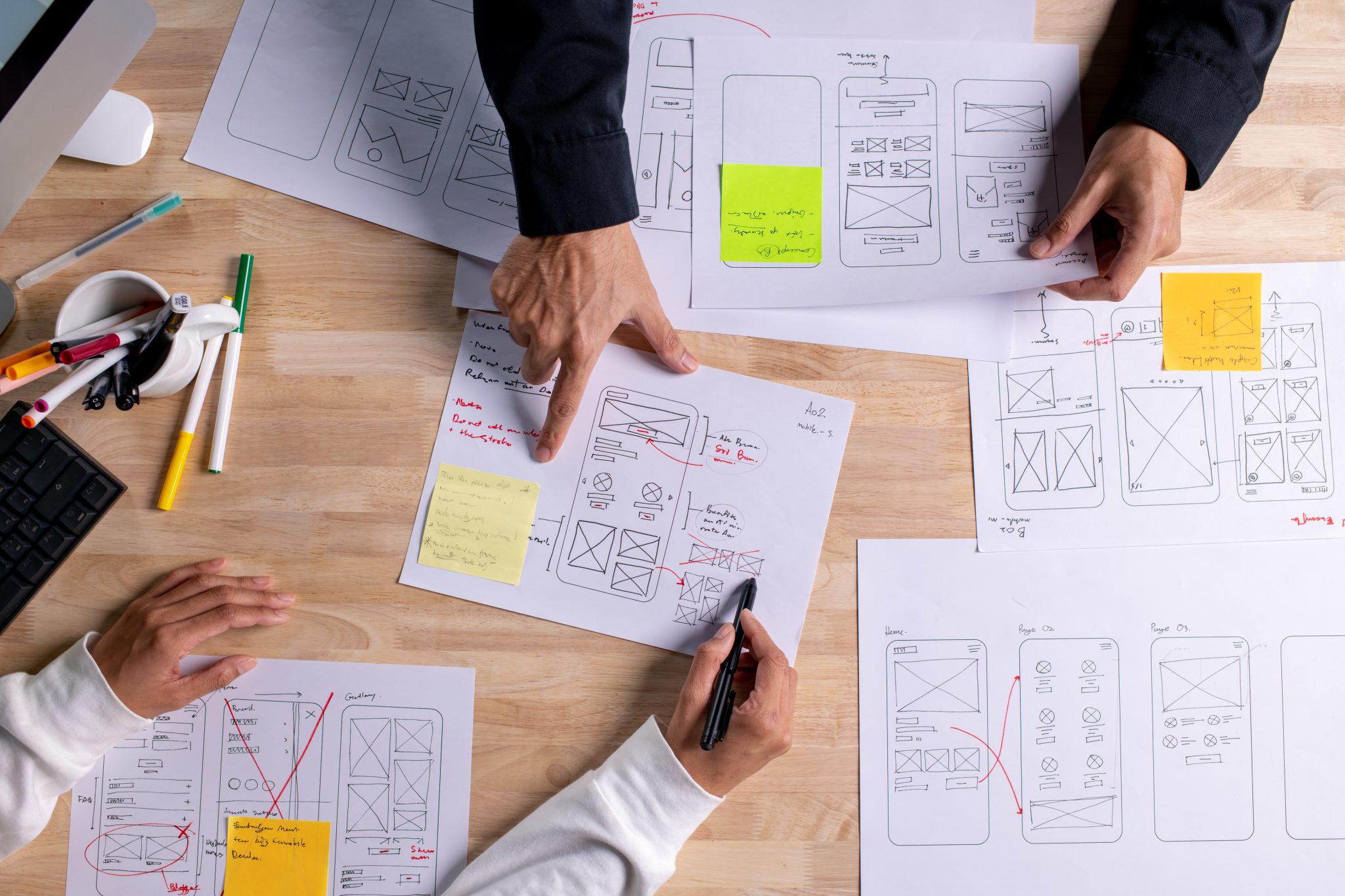In an age where cloud storage feels infinite and digital content is created faster than ever, it’s easy to forget that our virtual clutter has real-world consequences. But every file, photo and email stored online is supported by massive data centres that consume vast amounts of electricity, often generated from non-renewable sources.

At Ethical Design Co., we believe sustainability doesn’t stop at print choices or supply chains. It includes how we manage and store our digital presence. Digital decluttering isn’t just about organisation – it’s a meaningful way to reduce the carbon footprint of our online activities.
Why Digital Clutter Matters
Every byte stored in the cloud is powered by servers that run 24/7. Global data centres are responsible for about 1–1.5% of total electricity use, with emissions comparable to the airline industry. And with increasing reliance on cloud-based apps, streaming and file sharing, the International Energy Agency projects this figure could more than double by 2030.
Everyday contributors to digital clutter include:
- Old cloud files (Google Drive, Dropbox, OneDrive)
- Email inboxes with thousands of unread or outdated messages
- Unused apps, screenshots and downloads
- Automatic backups of outdated versions or duplicate media
Many of these items linger unnoticed, but over time, they significantly increase energy usage and emissions.
A 2024 report indicates that the average smartphone user has approximately 2,000 photos stored on their device, with iOS users averaging around 2,400 and Android users about 1,900 (source).

The Carbon Cost of Inaction
While one small file might seem insignificant, the cumulative impact adds up:
- One email with a large attachment can generate approximately 50g CO₂e
- Streaming one hour of HD video can produce 150–1,000g CO₂e depending on the device and network
- Auto-synced photos from mobile devices can create hundreds of gigabytes of cloud storage over a year
With billions of users and organisations relying on cloud services, digital emissions now account for an increasingly significant share of total greenhouse gas output.
How to Declutter Your Digital Life (and Lower Emissions)
Digital decluttering is an accessible, cost-free way to support sustainability goals. For individuals and teams working online, it’s an easy step toward a more eco-friendly website or digital workspace. This blog on digital decluttering by Traqq also outlines useful tips for streamlining your digital life.
Here are some practical steps:
- Inbox detox
- Delete emails you no longer need – especially those with attachments
- Unsubscribe from marketing emails you don’t open
- Use inbox rules to automate archiving or deleting messages
- Cloud clean-up
- Audit and remove redundant files from cloud services
- Combine duplicates and compress large files before saving
- Set limits on automatic backups to prevent bloat
- Device hygiene
- Uninstall apps you no longer use
- Delete unnecessary screenshots, downloads and old media
- Clear trash/recycle bins regularly
- Shift to lower-carbon tools
- Opt for cloud services that run on renewable energy
- Choose email providers and web hosts with public sustainability commitments
- Minimise embedded videos and large media files on websites

What This Means for Designers and Businesses
For those of us in design and digital services, sustainability must extend to the way we build, maintain and deliver content. From high-bandwidth websites to overbuilt dashboards, there are many opportunities to reduce environmental impact without compromising functionality (see our article on digital sustainability).
At Ethical Design Co., we work with clients to:
- Optimise file sizes and asset libraries
- Create lightweight, accessible web experiences
- Apply SEO and accessibility best practices, which can also reduce page load time and energy use
- Educate teams on sustainable digital habits
This applies whether you’re designing web platforms, dashboards or mobile tools – the principles of efficient, user-centred design remain the same.

Well-thought-out data design also plays a role. When dashboards and digital tools are built around clean, consolidated data sources, developers can create more accurate, efficient interfaces. This not only improves usability and decision-making but also reduces the frequency and complexity of server queries, which in turn lowers energy use behind the scenes. In this way, intentional design supports best practice both visually and technically.
We also encourage clients to periodically audit their digital infrastructure to identify inefficiencies and areas for improvement. This short video on decluttering Power BI models offers a practical example of how streamlining data sources can improve performance.
These strategies not only enhance usability but also help reduce your digital carbon footprint – a growing concern for businesses committed to ethical digital design.
Ready to Clean Up?
Digital decluttering doesn’t require a tech overhaul or complex strategy. It simply asks that we treat our online lives with the same intention we bring to our physical environments.
Key takeaways: Reducing your digital carbon footprint
- Digital clutter contributes to growing global emissions
- Cloud storage, emails and large media files all have a carbon cost
- Decluttering is a simple, effective way to support sustainability goals
- Designers can reduce impact through SEO-friendly, accessible web design
- Regular audits help identify inefficiencies and reduce server loads

Looking to design a lighter, more sustainable digital footprint?
To find out how we can help you reduce your impact and enhance your user experience with a lightweight, SEO-friendly website, digital report or dashboard.
Related reading:
Digital Sustainability: Reducing the Carbon Footprint of Online Design – Article by Caitlin Jordan